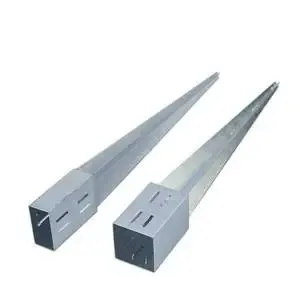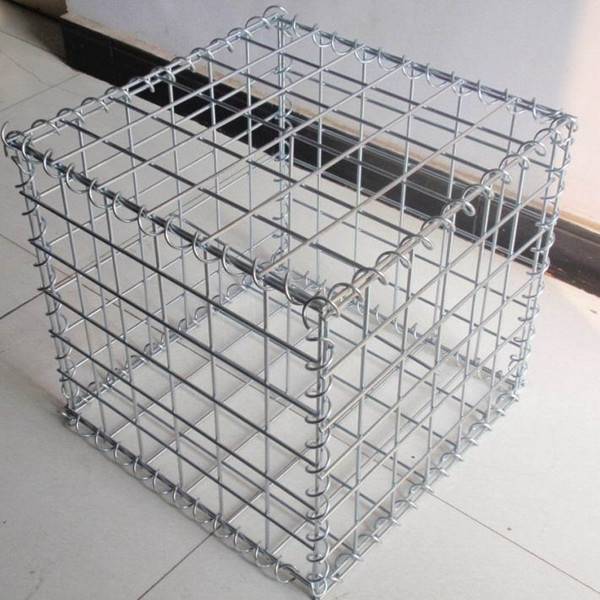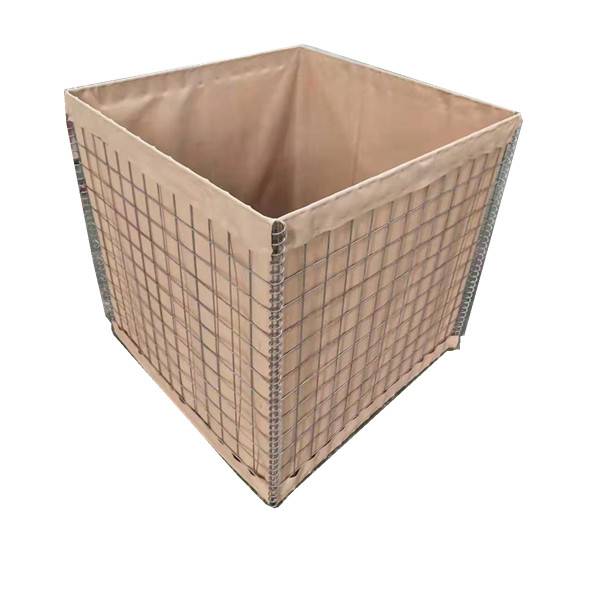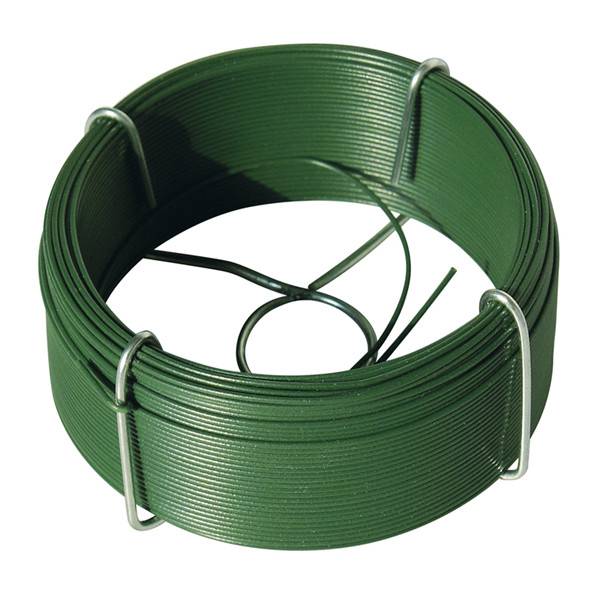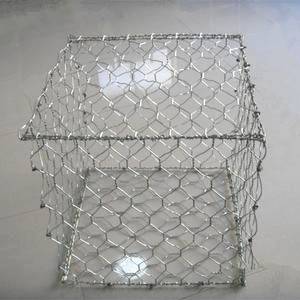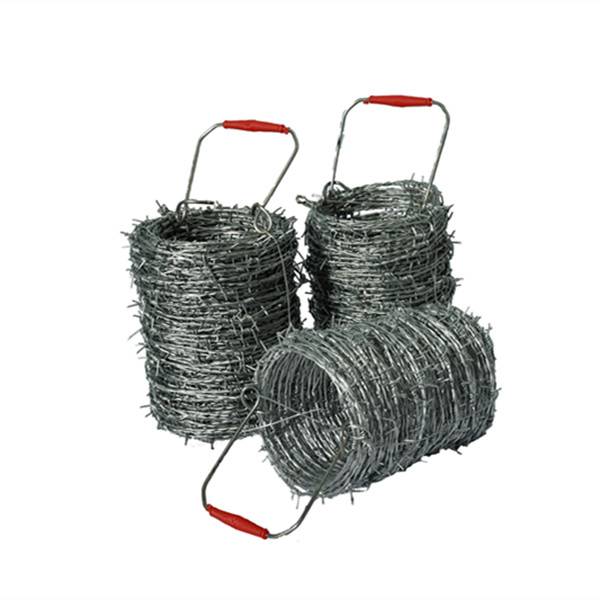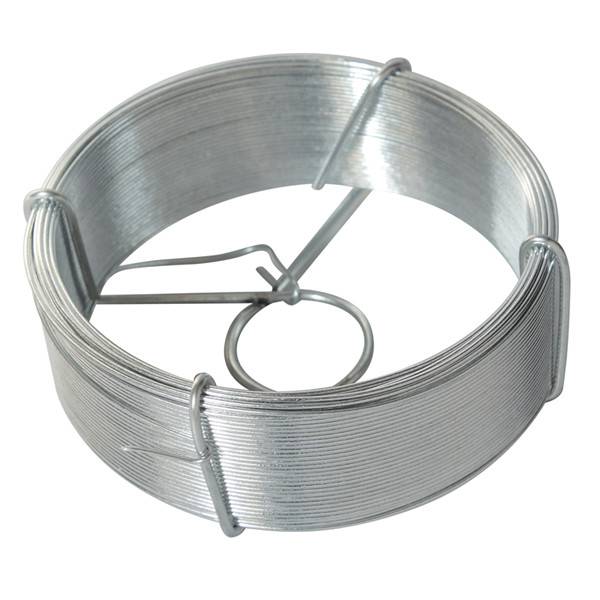
Oct . 20, 2024 08:20 Back to list
decorative garden border
Creating a Decorative Garden Border Enhancing Your Outdoor Space
A decorative garden border serves as a beautiful delineation between various parts of your garden, adding a structure while infusing aesthetic appeal to your outdoor sanctuary. Whether it’s a straightforward line of flowers or a more intricate arrangement of stones, bricks, or other materials, a well-designed border can elevate the visual impact of your landscape. Here, we’ll explore the significance of decorative garden borders, the various materials you can use, and tips for creating a stunning garden edge that reflects your personal style.
The Importance of Garden Borders
Garden borders are not just a functional element in garden design; they are also an artistic feature. They define spaces, create organization, and lead the eye through the garden, guiding visitors to focal points or hidden gems. They can assist in separating different types of plants or garden sections, such as transitioning from vegetable plots to flower beds. Additionally, borders help prevent grass or weeds from encroaching into garden beds and can enhance the growth environment of the plants by maintaining soil temperature and moisture.
Choosing the Right Materials
When it comes to decorative garden borders, the choice of materials is nearly limitless. Below are some popular options
1. Natural Stone Using irregular stones can create an organic, rustic look that blends seamlessly with nature. Larger stones can be stacked for a more dramatic effect, while smaller stones can be laid in a flat array for a clean edge.
2. Bricks and Pavers Bricks can provide a classical aesthetic, especially in formal gardens. Arranging them in patterns such as herringbone or basketweave can add visual interest. Pavers offer the same material benefits with various shapes and colors to choose from.
3. Wooden Edging Timber or logs can create a warm, inviting feel. Pressure-treated wood can last longer against the elements, while natural logs provide a more rustic charm. However, be aware of the potential for rot and decay when using untreated wood.
4. Metal Edging For a modern touch, consider using metal strips. Stainless steel or corten steel can introduce sleek lines and complement contemporary gardens. Metal edging is durable and can withstand the elements, making it a practical choice as well.
5. Plants Living borders using low-growing plants or flowers can create lush, vibrant edges. Boxwood, lavender, and ornamental grasses can provide structure and texture and can be pruned to maintain shape.
decorative garden border
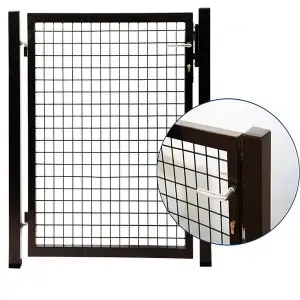
Planning Your Border
Before you start installing your garden border, planning is essential
. Here are some steps to guide you through the process1. Design Determine the design that fits your garden’s theme. Sketch out your garden layout, including where the border will go. Consider the shape—curved borders often feel more natural, while straight lines are more formal.
2. Measurement Measure the length of the border you need to establish. This will help you estimate how much material you will need and minimize waste.
3. Digging the Trench For most permanent borders, digging a trench is necessary. Ensure that it is at least a few inches deep to secure your edging material and to prevent grass from creeping in.
4. Installing the Border Follow manufacturer instructions for pre-made materials, or if you’re using natural stone or wood, arrange them according to your design. Ensure that each piece is level for a neat appearance.
5. Finishing Touches Once installed, consider adding mulch or gravel to the garden beds that the border defines. This will enhance the visual impact and suppress weeds.
Maintenance and Care
Maintaining your decorative garden border will prolong its lifespan and keep your garden looking pristine. Regularly check for weeds that may sprout in the border area and promptly remove them. Refreshing the mulch or gravel annually can help maintain color and suppress weed growth. If using organic materials like wood, be mindful of potential wear and replace them when necessary.
Conclusion
A decorative garden border is more than just a barrier; it’s an opportunity to showcase creativity and enhance the beauty of your garden. With careful planning, the right materials, and ongoing maintenance, your border can become a stunning feature that transforms your outdoor space into a personalized paradise. Whether you prefer the strength of stone, the warmth of wood, or the sleekness of metal, your decorative border will define your garden and reflect your unique style for years to come. Happy gardening!
-
Why a Chain Link Fence is the Right Choice
NewsJul.09,2025
-
Upgrade Your Fencing with High-Quality Coated Chicken Wire
NewsJul.09,2025
-
The Power of Fence Post Spikes
NewsJul.09,2025
-
The Best Pet Enclosures for Every Need
NewsJul.09,2025
-
Secure Your Property with Premium Barbed Wire Solutions
NewsJul.09,2025
-
Enhance Your Construction Projects with Quality Gabion Boxes
NewsJul.09,2025
Products categories




